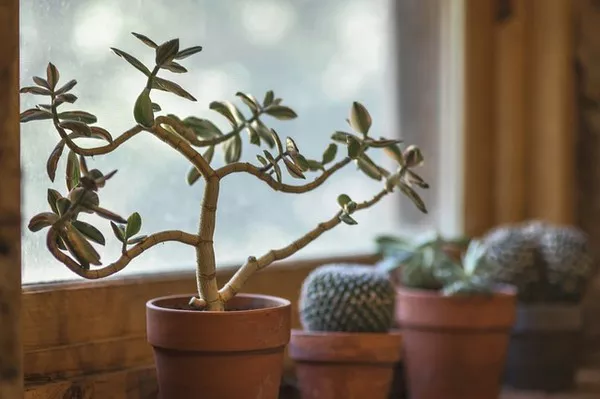Succulents have gained immense popularity as indoor and outdoor plants due to their unique aesthetic appeal and low-maintenance requirements. However, as succulents grow, they may sometimes become leggy or tall, losing their compact and attractive form. When succulents become too tall, it’s essential to address the issue promptly to maintain their health and appearance. In this article, we’ll delve into the reasons behind succulents’ excessive growth and provide a comprehensive guide on how to manage and prevent this issue.
Understanding Excessive Succulent Growth
Succulents are renowned for their ability to store water in their leaves, stems, or roots, allowing them to thrive in arid conditions. However, factors such as inadequate light, incorrect watering, and limited space can lead to succulents growing taller than they should. Tall, leggy succulents occur when the plant stretches towards the light source in an attempt to optimize photosynthesis. The elongated stems result in reduced leaf density, giving the plant a less visually appealing appearance.
Pruning for Aesthetic Appeal and Health
Pruning is a crucial technique to manage overgrown succulents. By selectively removing leggy stems and leaves, you can encourage compact growth and prevent further stretching. Here’s how to go about it:
a. Identify the Overgrown Areas: Carefully examine your succulent to identify the parts that have become too tall or leggy. Focus on the lower, denser parts of the plant as potential candidates for pruning.
b. Use Clean Tools: Ensure your pruning tools, such as scissors or gardening shears, are clean and sharp. This minimizes damage to the plant and reduces the risk of introducing infections.
c. Trim the Excessive Growth: Gently trim the leggy stems and leaves, making clean cuts just above a leaf node. This encourages new growth and prevents unsightly stubs.
d. Allow for Healing: After pruning, allow the plant to heal for a few days before watering. This prevents excess moisture from entering the wounds and causing potential rot.
Optimal Lighting Conditions
Inadequate light is a common cause of succulent stretching. Providing your succulents with the right amount of light can help prevent excessive growth. Here’s what you need to know:
a. Sunlight Requirements: Most succulents thrive in bright, indirect sunlight. Place your succulents near a south- or west-facing window to ensure they receive enough light without being exposed to harsh, direct sunlight.
b. Rotating the Plant: Regularly rotate your succulent to ensure even exposure to light. This prevents the plant from leaning towards the light source and becoming unevenly elongated.
Proper Watering Techniques
Overwatering can also contribute to succulents growing too tall. When succulents receive excess water, they might grow quickly in an attempt to utilize the moisture effectively. To prevent this:
a. Water Sparingly: Allow the soil to dry out completely between waterings. Stick your finger into the soil; if it’s dry up to your first knuckle, it’s time to water.
b. Well-Draining Soil: Plant succulents in well-draining soil mixtures to prevent waterlogged roots, which can lead to rapid growth and weakened stems.
Container Size and Repotting
The size of the container can influence succulent growth. If the pot is too large, the succulent might prioritize vertical growth over compactness. Here’s how to manage container size:
a. Choose an Appropriate Pot: Select a pot that allows for a bit of extra space for growth but isn’t excessively large. A slightly snug pot encourages the plant to focus on lateral growth.
b. Repot as Needed: As your succulent grows, consider repotting it every few years. This gives you the opportunity to refresh the soil, prune excess growth, and adjust the pot size as necessary.
Propagation and Salvaging
If your succulent has become excessively tall and leggy, you can salvage the situation by using the cuttings for propagation. Here’s how:
a. Propagation Techniques: Gently remove healthy leaves or stem cuttings from the pruned parts of the plant. Allow the cuttings to dry and callus for a few days before planting them in well-draining soil.
b. New Growth: The propagated cuttings will root and grow into new succulent plants. These new plants will have a more compact and attractive appearance, giving you the chance to start anew.
Conclusion
Managing overgrown succulents requires a combination of techniques ranging from proper pruning to providing optimal lighting, watering, and container care. By understanding the reasons behind excessive growth and implementing the strategies outlined in this guide, you can maintain the health and aesthetic appeal of your succulents. Regular maintenance, attentive care, and a proactive approach will ensure that your succulents remain stunning examples of nature’s beauty.


